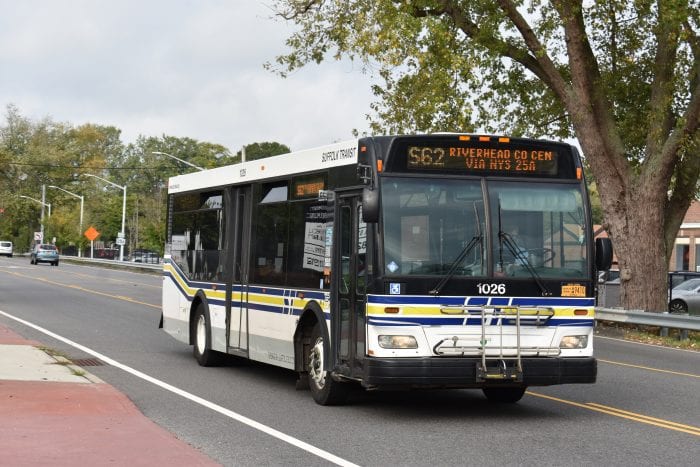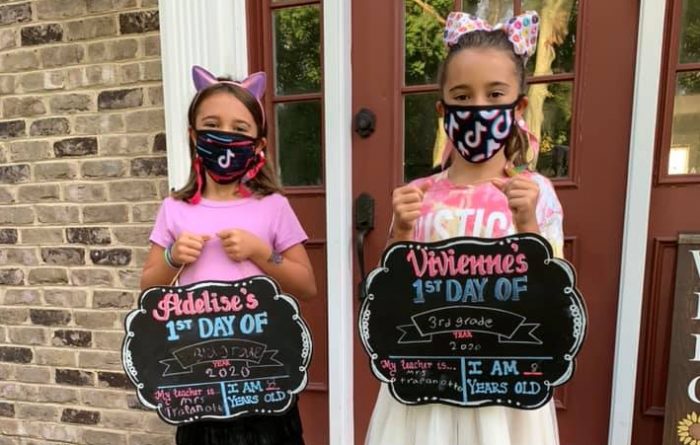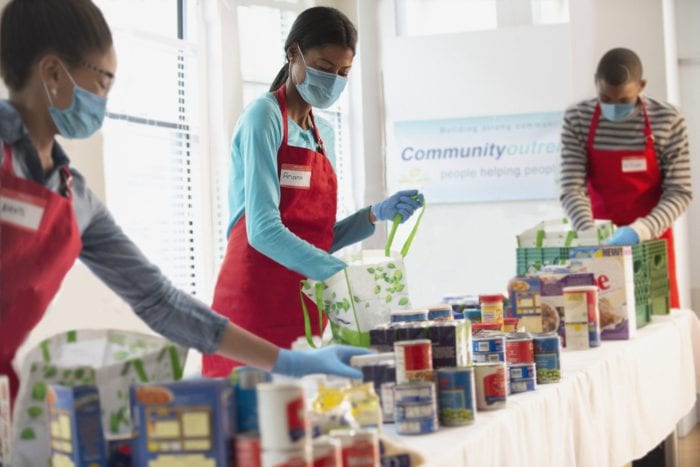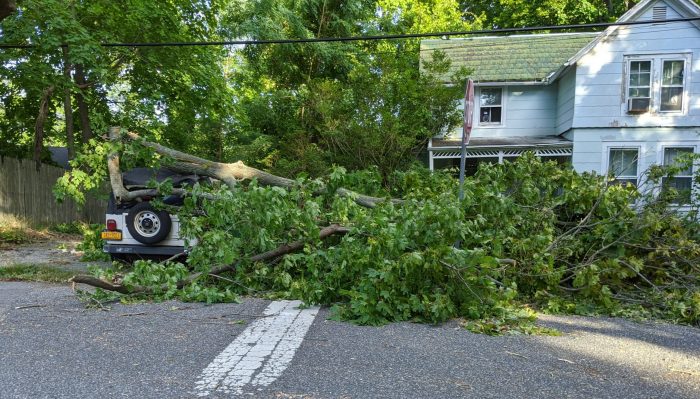We weren’t surprised when business owners in the wedding industry held a press conference Oct. 2 to appeal to Gov. Andrew Cuomo (D). For months, while restaurants have been able to operate at 50% capacity, reception locations can only allow 50 guests at an event.
The 50-guest cap and arbitrary state guidelines have been concerns of several business owners in the wedding and party industry. These locals have shared their experiences with TBR News Media for articles in the last few months, and vendors weren’t quite sure what they could do or not do, as they have had little direct communication with the state.
While we understand the need for Cuomo’s administration to keep gatherings down to a minimum, there needs to be more continuity and empathy in the guidelines. With the support of legislators, a class-action lawsuit is being filed by caterers. Business owners at the press conference said they feel they can provide a safer party than those being thrown in homes and backyards since they have more space to social distance and need to follow higher cleanliness standards. Owners said they realize following the guidelines is imperative for not only safety but to keep their licenses — something a homeowner doesn’t need to entertain.
The business owners may have a chance. This summer a federal judge issued a temporary injunction to allow an upstate golf club to operate at 50% capacity for two weddings after the couples and co-owner of the club sued New York State. That owner said his restaurant had the capacity to seat 438 people, but while operating as a restaurant one night he could have more than 200 people, on a wedding night he could only have 50.
This example may leave one wondering how a person visiting a restaurant could potentially be around more than 50 strangers, but cannot sit with more than 50 family members, friends and acquaintances at a party, especially since many wedding venues are committed to following current public health guidelines, including discouraging dancing.
Like so many businesses, COVID-19 has had a tremendous negative financial effect on the wedding industry and many are hoping to get back on track or else they may have to close their doors forever. During the shutdowns, venues had no money coming in while still needing to pay rent and utility bills. This has had a trickle-down effect where photographers, videographers, DJs and bands are called for less work, and while bakeries may have made some wedding and other celebratory cakes, the orders are smaller in size than usual.
If venues get their way, it’s imperative that owners and employees follow public-health guidelines such as 50% occupancy, social distancing, banning dancing and enforcing mask wearing when people are not seated. Seeing how restaurants in our coverage areas have been able to come up with creative ways to serve their patrons safely, including turning parking lots into outdoor dining areas, using tents — even small ones for individual parties — we believe wedding venue owners will do the same.
Of course, keeping our local businesses open works both ways. It will take more than residents signing a petition to help these businesses stay afloat, it will also require people to follow public health guidelines. So, we implore individuals to be responsible as well. It’s up to all of us to stay 6 feet away from each other, wear a mask, wash our hands regularly and stay home when we are feeling ill.
There’s a certain positive energy in the air when people come together to celebrate, and even if they can’t hug, kiss or show off their moves on the dance floor, we’re sure the majority will appreciate being there for their loved ones just as much as having dinner at their favorite restaurant.














